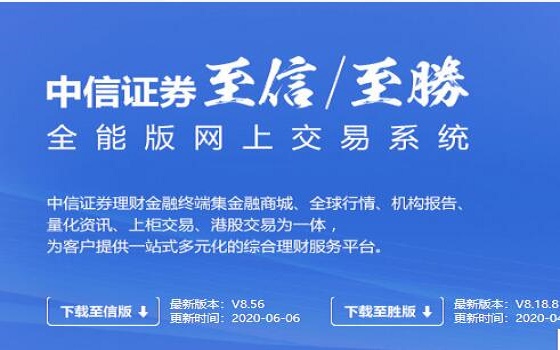China Hotels:Secular growth kicking in
A secular growth sector
We analyze the supply and demand of China’s limited service hotels (economyhotels) and conclude that the sector will see secular growth (RevPAR growth of6% CAGR) in the next five years. We believe the like-for-like hotel average dailyrate (ADR) for both economy and midscale hotels will continue to grow to meetconsumers’ trade-up demand. Meanwhile, on a blended basis, we believe theshort supply of midscale hotels will continue to increase its percentage of thetotal, leading to a favorable mix change (40% of new hotel additions will bemid- to high-scale hotels).
Hotels are a leveraged business, RevPAR is the key
Changes in operating cost per room (excluding rent) are manageable foreconomy and midscale hotels; hence to maximize profit, the key is to increaseRevPAR. The two largest costs in operating economy hotels are: 1) staff cost(already manageable at a staff-to-room ratio of 0.18-0.2), and 2) rent cost,which is normally fixed for 15-20years. We believe the two key drivers toincreasing RevPAR in the next five years are: 1) a higher percentage ofupgraded economy hotels and 2) a higher percentage of midscale hotels.
Economy segment has likely bottomed
We believe 2016was the trough for economy hotels’ RevPAR as the high hotelsupply growth is likely to slow significantly in the next five years (6-7% CAGRvs. 38% CAGR over 2006-16). We believe the sharp decline in economy hoteladditions, from 5k in 2015to 2k in 2016, is a turnaround point for the sector as1) loss-making franchisees leave the market; 2) property supply for hotels isbeing tightened; and 3) both HomeInns and 7Days have been delisted andacquired by BTG and Jinjiang, respectively. We forecast a stable 2k neweconomy hotel additions over the next five years, a 6-7% CAGR.
Midscale segment’s barriers to entry remain high
While the economy segment started in 2005, the mid-scale segment onlyemerged in 2010. Given the government’s anti-corruption campaign, demandfor high-end hotels is shifting to midscale hotels, and alongside consumerstrading up, we believe midscale hotels’ RevPAR (8% CAGR) should be higherthan economy hotels’ (3% CAGR over 2018-2022E). The barriers to entry formidscale hotels are much higher than for economy hotels, as: 1) initiationinvestment for franchisee is 4-5x higher, 2) property criteria is morecomplicated, and 3) brand/product designs are more demanding.
Valuation and risks
We initiate coverage of BTG with a Buy rating and TP of RMB35(25% upsidepotential). We also slightly lift China Lodging’s TP to USD130. We maintainBuy on Jinjiang with TP unchanged. We change our primary valuation fromEV/EBTIDA to DCF as we view DCF as a better methodology to capture seculargrowth over the medium term. We use EV/EBITDA as a check on the targetvaluations. Risks include: 1) lower tourism demand; 2) stronger RMB leading tomore outbound travel; and 3) government policy changes.
- ·银行业概念股2022年3月:虚胖”的3月社融 稳稳的银行一季报 2022-04-12
- ·对当前板块的讨论(二十四):政策的念想 2019-11-29
- ·石油化工行业:轻烃化工竞争优势分析 2019-11-29
- ·家电行业2020年度策略:守望价值 拥抱成长 2019-11-29
- ·家用电器行业投资策略月报:竣工周期已至需求改善可期 空调出货持续正增长 2019-11-29
- ·医药生物行业:谈判结果公布 关注边际改善 2019-11-29










